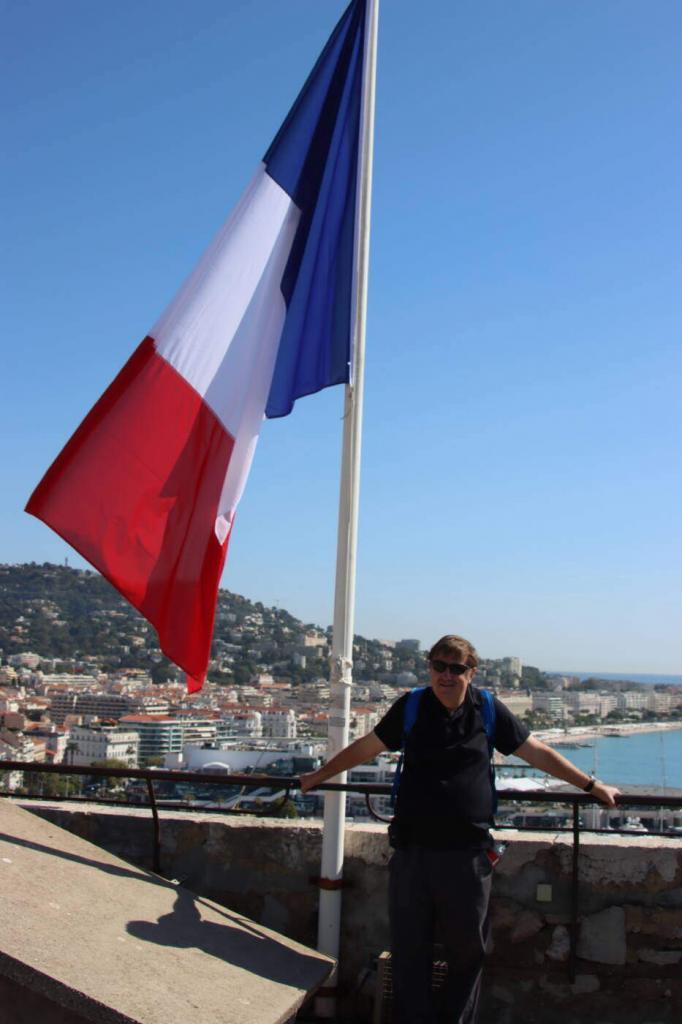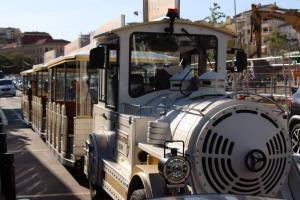by Mark Lidikay

Our film, “The History of Two Way Radio” won an award at the Cannes Corporate Media and TV film festival. This was quite a surprise to us and it resulted in us planning a trip to France to attend the award ceremony. Of course, part of the logistics for the trip was communication, including backup in case our cell phones did not work. In fact, two of our phones did not work when we landed in Frankfurt, and we had to have them fixed by Verizon.
Being in a different country, the majority of our licenses are not valid there, and it is outside the coverage of our NexEdge network. In Europe, PMR446 radios are available, which are similar to the FRS radios used in the US, with similar limitations. Fortunately, Mark Abrams (WA6DPB) and I (KE6TNM) are licensed Amateur radio operators as well, and US amateurs have reciprocal operating privileges under the CEPT agreement. This gave us another option.
There was still more research to be done to ensure we were compliant with the local regulations, which are similar but not identical to those in the US. We chose the 70cm because our US version amateur radios are usually set up to operate in 144-148MHz and 430-450MHz, which would overlap some of their other radio services. The limits of their bands are 144-146MHz and 430-440MHz. To make sure there were no issues regarding the radio models, we used some of our NX-300 radios from the shop (We have a lot of them) and programmed them for EU simplex channels from 433.4 to 433.6 MHz. We also made sure that we were not between channels, and used FM rather than NXDN so that French amateurs would be able to talk to us as well. We wanted to be good guests. Another of the requirements was that we carry a physical copy of our licenses, and the CEPT agreement. There seem to be fewer repeaters in France than there are here, and less frequency space allotted for them. The ID requirement is to use F/callsign.

The radios worked as expected. Our first occasion to use them was when we took a tour on a little train, and I got left behind at a stop because my back was turned while taking a picture. We initially thought that our US call signs might attract some attention, but we never heard anyone else for the entire trip. My guess is that the 2-meter band may be more popular. We essentially had a frequency all to ourselves. We didn’t hear any other amateurs on the air, though people around Cannes started recognizing us from the radios on our belts. One woman we met in a museum in Cannes remembered selling us lunch on Ile Sainte Marguerite.

We also made a side trip to Monaco, but note having originally planed it, and not having done the research on agreements there we opted to leave the radios in the car while we were there.